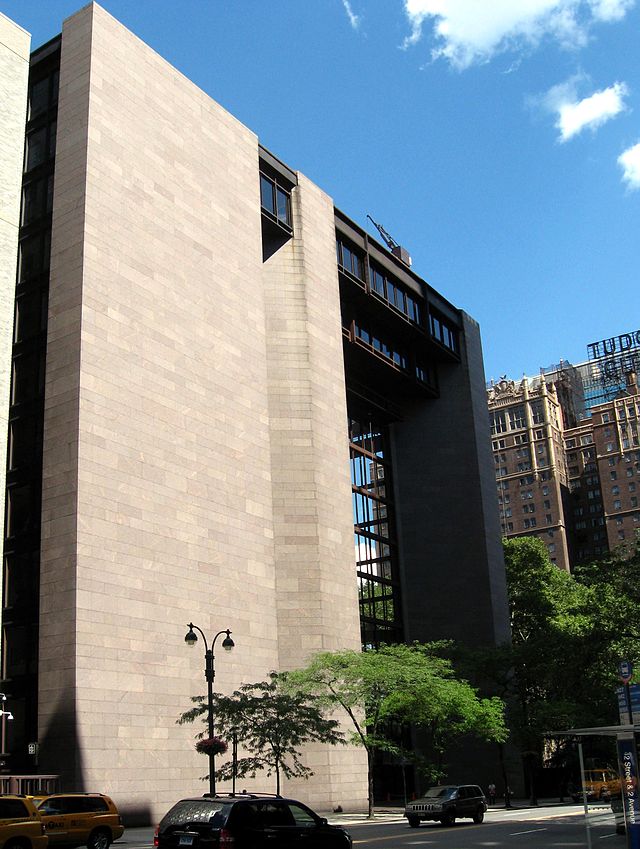The Ford Foundation on Immigration
November 14, 2014
IN the last ten years, the Ford Foundation has given $80 million to immigrant rights groups such as La Raza (in English The Race.) Ford is one of several major foundations that are essentially invisible rulers on the immigration issue, funding the cultural transformation of America whether the people want it or not. “Foundations are a peculiarly American institution,” wrote Joel L. Fleishman in his book The Foundation: The Great American Secret. “They have been the dynamo of social change since the beginning of last century. Yet they are cloaked in secrecy — their decision making and operations are inscrutable to the point of obscurity, leaving them substantially unaccountable.”
This is Ford’s statement of purpose on the immigration issue. As you can see, it bears little relation to reality:
A greater influx of immigrants has come to the United States in the past 25 years than at any time in history, engendering a backlash that has stripped large segments of the immigrant community of their rights. This population confronts large-scale immigration roundups, the denial of due process in deportation proceedings, abusive detention conditions, and increased hate crimes and bias attacks.
A growing number of aggressive local measures attempting to restrict every aspect of life, including housing, education and employment, push immigrants into a marginalized existence. In addition, migrants suffer increased violation of their human rights along their routes of travel to the United States and other destination countries such as Mexico.
— Comments —
David Lee Mundy writes:
You have to translate the realspeak back into English:
“A greater influx of immigrants has come to the United States in the past 25 years than at any time in history…”
In the 1960s we instituted a program of population replacement, but it wasn’t till the 1990s that the daisy chain truly took effect and became noticeably irreversible.
“… engendering a backlash that has stripped large segments of the immigrant community of their rights.”
The native population finally awoke to the invasion and reacted as expected. But too late.
“This population confronts large-scale immigration roundups, the denial of due process in deportation proceedings, abusive detention conditions, and increased hate crimes and bias attacks.”
Unaided by the federal government tasked with defending the country from invaders, various local governments tried to stem the tide, most notably Arizona. These efforts were quashed by federal judges despite the fact that the power to control immigration is not a power enumerated in the Constitution (the useful fools and fellow travelers on the Supreme Court provided cover by loudly shouting that Congress has “plenary” power over immigration–the masses bought the dog and pony show). Similarly if we keep shouting, the public won’t notice that there are fewer detentions, deportations, and virtually no documented cases of hate crimes by the native population against the invaders. These allegations innoculate the native population and warn them not to even think about defending themselves.
“A growing number of aggressive local measures attempting to restrict every aspect of life, including housing, education and employment, push immigrants into a marginalized existence.”
Local communities where the effects of immigration are actually felt have responded by trying to keep their property values from plummeting, their neighborhoods safe, and their schools functional. They take outrageous steps like using zoning regulations to keep thirty people and ten cars from occupying a single family dweling. As a last resort, the native population flees beyond the reach of public transportation. More highway are needed.
“In addition, migrants suffer increased violation of their human rights along their routes of travel to the United States and other destination countries such as Mexico.”
The supply lines for the invading army must be protected. Circle the wagon and supply trains. We may need the U.S. army to invade these tributaries to ensure safe passage for their replacements.

